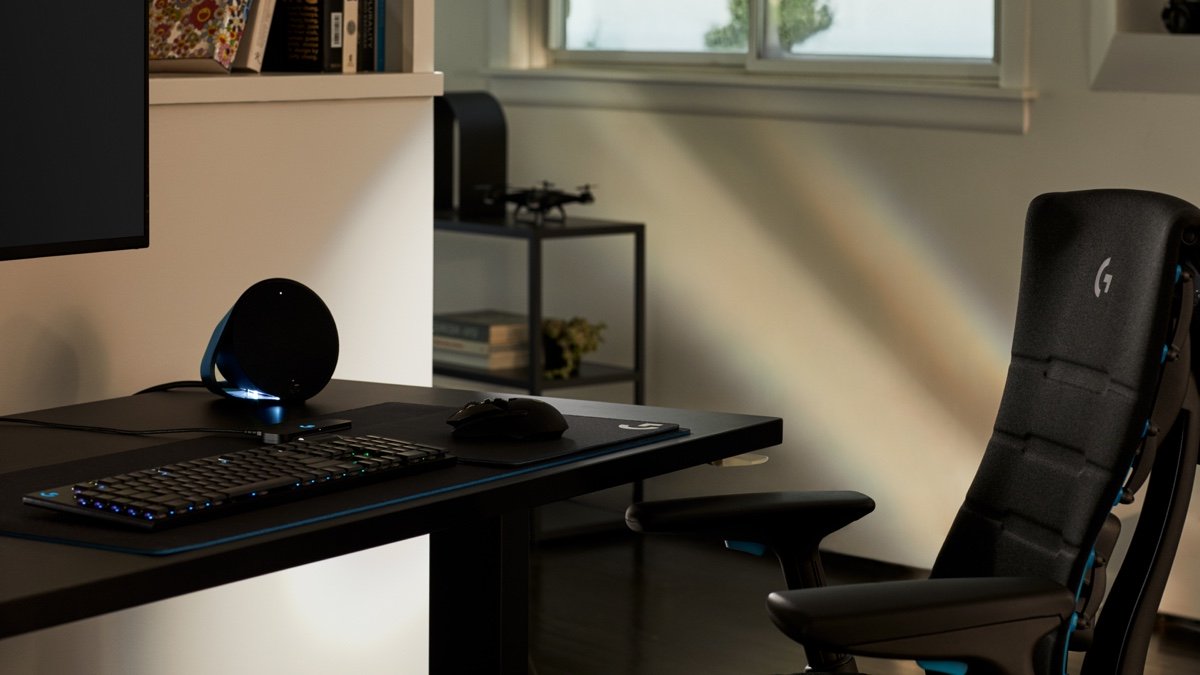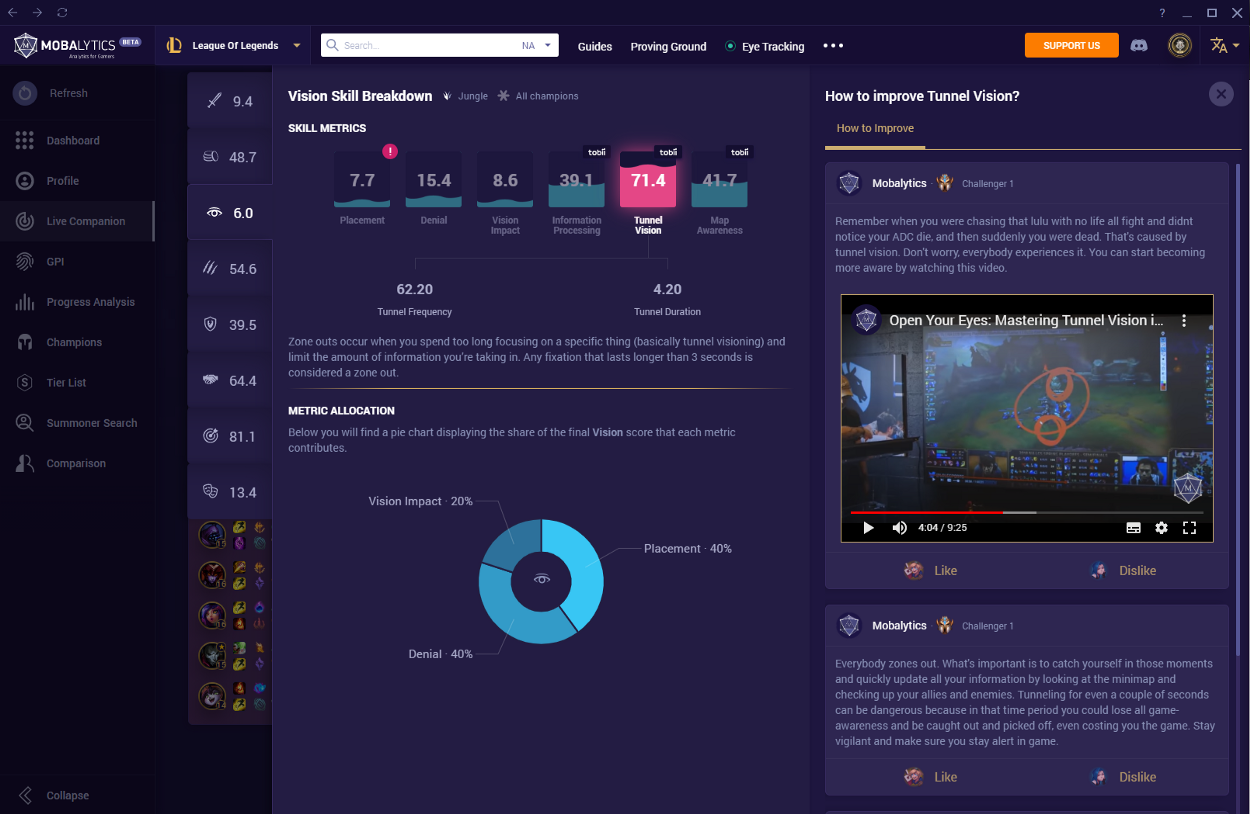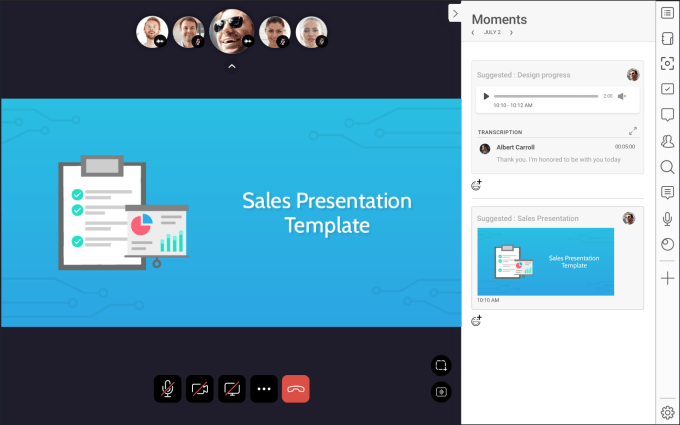Kevin Henderson
Contributor
Kevin Henderson is founder and CEO of
Indenseo, a data and analytics software automation company empowering the insurance industry to change how it assesses risk.
I have struggled for years about whether or not to write a piece like this.
Speaking out about racism goes against every lesson I have learned since I was the only Black kid in my first-grade class in the Boston suburbs:
Save candid conversations about race for Black people. You’re being a victim. People will think you’re whining or making excuses. They’re not interested. Don’t make white people feel uncomfortable.
In a professional environment, speaking up could be career suicide. But now is not the time to be silent.
The startup I founded, Indenseo, is a data and analytics software insurtech company that provides automated underwriting services, software and analytics services to the insurance industry.
Despite strong customer relationships and support from angel investors, we didn’t complete building solutions and moving the company forward until we stopped taking unproductive pitch meetings with VCs. Some of my [white] colleagues who attended those meetings characterized these encounters as disrespectful and dismissive, but for me, they were par for the course.
Black founders have a better chance playing pro sports than landing VC funding
I was raised by a single mother in West Medford, Massachusetts, and worked my way through Harvard, located about five miles away. Before starting Indenseo, I worked for @Road, a fleet management telematics company that was acquired by Trimble, a company that says it transforms “the way the world works by delivering products and services that connect the physical and digital worlds.” There, I led a team that pioneered the sale of telematics data, which started with using data for traffic predictions and expanded to other markets, including insurance.
At Trimble, I saw the difficulty legacy insurance carriers faced when they tried to incorporate new types of data into their underwriting and business processes; I started Indenseo to solve this problem by combining deep insurance industry experience with the nimbleness of a startup.
I knew fundraising would be a challenge: Commercial auto insurance has been unprofitable for years, and industry executives would be naturally skeptical that my solution would make it better. As my insurance industry friends said, “you sure picked a hard problem to solve.”
Even as a first-time founder, I did not anticipate how difficult it would be to raise venture funding, but the experience offered some insights into why so few Black entrepreneurs are funded by VCs.
Insurance is not the most mainstream venture category, though in recent years many insurtech companies have received funding. And VCs are not accustomed to seeing Black founders in this space. The overall scarcity of Black founders suggests that they’re not used to seeing many of us, period.
The odds of winning a venture round are low for everyone, but Black founders have a better chance playing pro sports than they do landing venture investments.
The odds of winning a venture round are low for everyone, but Black founders have a better chance playing pro sports than they do landing venture investments.
According to a Harvard study, between 1990 and 2016, just 0.4% of the entrepreneurs who received funding were Black. That’s 188 Black entrepreneurs, versus 34,000 white entrepreneurs in total, or about seven per year. In 2016, nine Black NFL quarterbacks started at least one game during the season. Should anyone wonder why ambitious young Black men pursue sports careers?
I got the meetings and pitched Indenseo to investors in Silicon Valley, New York City, Chicago and Boston. I expected that my experience, my best-in-class team, the compelling Indeseo proposition, market fit, and the financial and advisory backing of notable insurance executives would land the dollars, despite the odds. I was wrong.
One recurring phenomenon we frequently encountered were dismissive and disrespectful investors (in the words of a white colleague). When I had one disappointing meeting after another, people in my multiracial network — many with extensive fundraising experience — told me it didn’t make sense. I’d resisted getting distracted by race as a factor, but white colleagues were saying that something wasn’t adding up.
As Toni Morrison said, “The very serious function of racism is distraction. It keeps you from doing your work.” My own lived experience is that it’s an added factor that Black entrepreneurs have to manage.
I assumed most investors were jerks, but my white colleagues were shocked
I followed advice given to many Black founders: take a white colleague to your pitch meeting. I brought colleagues who had done a lot of fundraising themselves; some of these meetings were with their contacts. I tried this strategy dozens of times, and my colleagues were repeatedly shocked at the treatment we received.
I assumed most investors were jerks in pitch meetings, but they told me the level of disrespect and dismissiveness I received was not typical.
But if I lose my temper, I’d likely be labeled as just another angry Black man.
I did let my frustration show once when I directed a VC’s attention to the milestones we’d met and industry support we had gathered.
“What does it take for us to get a check from you?” I asked. His response: There is nothing you can say or do to get me to invest, but if you get another VC to lead the round, call me.
In another conversation with a VC, I pointed out the lack of diversity in both the ranks of investors and the entrepreneurs they choose to fund. He replied that Silicon Valley has produced the greatest accumulation of wealth in human history in the last 25 years. Why do we need to change anything?
GW Chew is a friend and a Black founder who was also having difficulty getting VC funding for his vegan meat company, Something Better Foods. He approached investors to raise funds to meet the fast expanding demand for his products. Talk about traction.
A white investor told Chew that if the founder/CEO were white, the company would have raised millions already. My friend told me he’s no longer talking to VCs and is raising funds from alternative sources.
Then there are the grifters. I don’t think Black founders are the only ones whose ideas get stolen after pitch meetings, but it happened to me.
We pitched a VC firm that had a consultant with an insurance background on their team to help evaluate the Indenseo opportunity. VCs don’t sign NDAs, but we did sign one with the consultant, who said Black founders can’t get companies funded but white founders can. (Yes, he said it.)
He later tried to ingratiate himself by saying he was considering investing too. Instead, he founded a company that copied our ideas. (So much for our NDA.)
Eventually, he told me, “I like your team. Call me when the wheels fall off.” When he announced his new company, we saw that he was backed by the VC who brought him into our meeting. He has since gone on to raise more than $40 million.
So why didn’t I sue him for violating the NDA? I consulted with some of our angel investors and they said we would be better off fighting them in the marketplace, given our limited time and resources. It wasn’t the first time our ideas were stolen.
When another company we pitched appropriated some of our ideas, my contact there informed his executives that they’d signed an NDA with Indenseo. Their reply: Indenseo doesn’t have the money to sue us. But they weren’t domain experts and we had left out much about our plans: They announced their launch in The Wall Street Journal, but as I expected, they failed.
I’ve never pitched at a VC firm that had a Black person in the room
Am I calling VCs racists? I don’t know what’s in their hearts, but I do know what’s in their numbers. Dealing with unconscious bias is difficult because as a Black entrepreneur trying to build a company, you know it exists and you have to figure out a way to manage around it. But it’s a subtle problem.
I don’t think VCs wake up in the morning and consciously decide not to invest in Black entrepreneurs or businesses intentionally choose not to buy from companies founded by Black entrepreneurs. But, the results of who receives investment and who doesn’t are quantifiable: few VC funds have Black employees or invest in companies started by Black founders.
I have never pitched at a VC firm that had a Black person in the room. And the pipeline excuse doesn’t work. There are Black people with technical degrees who aren’t hired at VC firms and white VC investment partners who earned liberal arts degrees.
Sure, there are funds started by Black VCs, but they encounter unconscious bias too when raising money. While more Black VCs with more capital is a crucial element of addressing underrepresentation, does that mean VC firms that aren’t founded by Black investors don’t have to change anything?
Deciding to stop the time-consuming VC pitch process and go in another direction to fund and develop the company was quite liberating. Moving forward, we’re free to manage our startup without wondering how VCs will view our decisions in the future when we seek funding.
We raised money from angel investors (including the former CEO of one of the world’s leading analytics software companies and his wife). In addition to money, it expanded our knowledge and it improved our products. Another lesson learned: Angel investors may be more helpful to your company than VCs.
The ultimate judgment on Indenseo’s products and team will be rendered by customers, partners and domain experts. The insurance industry has unique metrics that determine a company’s profitability. If you’re selling analytics software and services, either your solution is helping improve those metrics or it isn’t. The insurance industry is validating our market fit and survival skills.
Don’t let VCs be the gatekeepers of your success
I was able to build Indenseo without VCs because the insurance industry operates differently from VCs. One of the keys to success in the insurance industry is developing trust. Insurance isn’t a tangible product. It offers the promise that when a customer pays its premiums the insurance company will be able to support them when they file a claim. Without trust, a company can’t succeed in the industry.
There is a process to get insurance industry trust, and many senior executives in the industry are reluctant to invest the time in startups that’s necessary for them to get that trust. That’s because they aren’t convinced the startup will persevere to get through the process of getting that trust. We are able to get time with those executives because they trust our team and they don’t doubt that it’s worth their time to talk to Indenseo. They know we won’t fold when times are difficult.
A change I’ve seen since I started Indenseo that works in our favor is insurers don’t rely on VCs to act as a de facto screen for which insurtechs have the best teams and solutions. That’s because they don’t have confidence in investors’ judgments about insurtech companies.
Another lesson I’ve learned from my experiences: Don’t let VCs be the gatekeepers of your success. There are other funding sources, such as angel investors, corporate strategic investors, crowdfunding and more. There is funding outside the United States. Don’t overlook international investors: There is wealth in African countries. I found a way of funding the company that works for Indenseo.
We’ve developed Indenseo with angel investors and sweat equity. The key to our success is the amazing team, our advisory board and using capital efficiently. They remind me that you’re not the only one with an emotional investment in this company. When I started this company the only people in the insurance industry I knew were the people I had interacted with when I worked at Trimble.
Most of the people on our advisory board and team with insurance industry backgrounds are people I’ve met since I started Indenseo. It takes time to build those relationships. Because of them there is no corner of the commercial property casualty insurance industry we can’t access. The head of insurtech at a global reinsurance company told me that ours is the best balanced team of any insurtech company they’ve seen.
We are in the early stages of showing our flagship product, and it isn’t available for general release yet. Our VP of Engineering is telling me about a new concern: that we don’t take on too many customers too quickly.

Powered by WPeMatico











